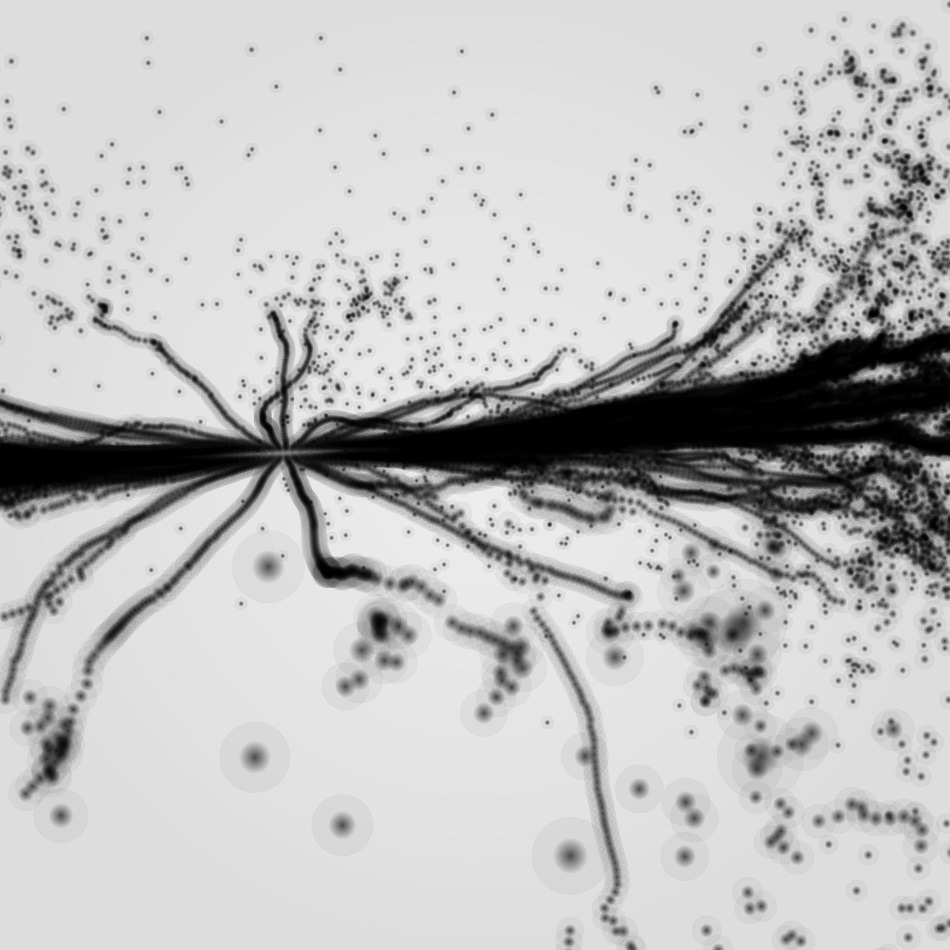 Login/ Shutterstock.com
Login/ Shutterstock.com
A new approach for printing luminescent structures based on nanoparticle ink has produced glowing holograms – and all with a simple inkjet printer.
The unique optical properties of the ink were achieved by Researchers from ITMO University in St Petersburg, Russia, using europium-doped zirconia. Particles of this material were shown to be useful for manufacturing glowing holographic coatings with a high degree of protection, and importantly the newly-developed approach allows the fabrication of custom holograms using a inkjet printer.
Inkjet printing with functional nanoparticles has a number of advantages – lack of toxicity, high refraction index and high quantum yield – and has been gaining traction in recent years. Luminescent nanoparticles are finding uses in photonics, theranostics (a form of diagnostic testing employed for selecting targeted therapy) and bioimaging. They are used to produce biosensors, image cancer cells and in security printing technology.
But a number of steps need to be taken to ensure proper functionality and stability during long-term storage of holograms before lab-made solutions can be implemented on a bigger scale. The new ink developed by the Scientists has all the characteristics to overcome these issues. In a sequence of experiments, the material was used for printing monolayers of luminescent-protected holograms and anti-counterfeiting objects with high stability and durability.
Europium-doped zirconium dioxide is a material that has been studied and used by researchers all over the world for decades. However, our research is novel in that it uses the material to protect the surface of rainbow holograms.
To this end, we had to achieve certain features in the material. In particular, the nanoparticles contained in the ink must be close to identical in size. Strict requirements are also imposed by rheological parameters that determine the viscosity of the material - otherwise, the ink might not be suitable for inkjet printing. Our goal was to transform a material that was initially synthesised in a test tube into a stable colloid that could be printed and applied to any surface. Our study describes the exact process of creating such functional ink.
Alexandr Vinogradov, Co-author of the research and head of ITMO University's Biochemistry Cluster
Writing in Nanoscale, the Authors state, “Nanoparticles were synthesized using a nonhydrolytic method in benzyl alcohol where the particles were post treated using acetic acid, leading to formation of a stable colloid. It was shown that the acetic acid's non-polar methyl group is responsible for its penetration through the hydrophobic layer all the way through to the surface of the ZrO2, leading to the cleavage of the Zr-OCH2C6H5 bond and the formation of surface acetate species and a concomitant decomposition of the zirconia superlattice. Hereby we show a new and efficient universal ink production through a multi-step process - starting from solvothermal synthesis, dispersion of nanocrystals in water, and adaptation of the rheological parameters of the resulting sols.”
The Authors say that the ink is ready for practical applications, and that it is compatible with print head types currently used; it can also be used with existing manufacturing capabilities. One of the most promising applications of the new ink is in security printing, such as polygraphic manufacture of bills, bonds and documents. Unlike existing technologies, the new method allows varied individual holograms to be created on an industrial scale, for example, a specific pattern or number sequence on a document that requires protection.
The study builds on previous work conducted at ITMO University as part of a bigger project funded by the Russian Science Foundation. Earlier work saw the Scientists develop the world’s first method of printing holographic images using an inkjet printer and ink based on titanium dioxide.
Disclaimer: The views expressed here are those of the author expressed in their private capacity and do not necessarily represent the views of AZoM.com Limited T/A AZoNetwork the owner and operator of this website. This disclaimer forms part of the Terms and conditions of use of this website.